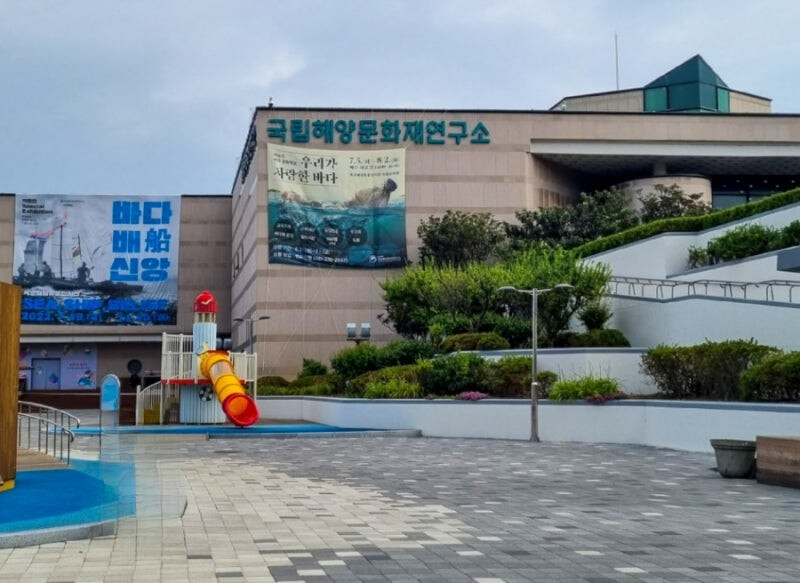
Mokpo, South Korea – In the cultural district of Gatbawi in Mokpo, Jeollanam-do province, where the gentle murmur of waves whispers tales of a glorious maritime past, lies the National Research Institute of Maritime Heritage (NRIMH). This esteemed institution is dedicated to excavating and preserving invaluable cultural relics submerged beneath the ocean's surface, illuminating South Korea's rich and often overlooked maritime heritage for the world.
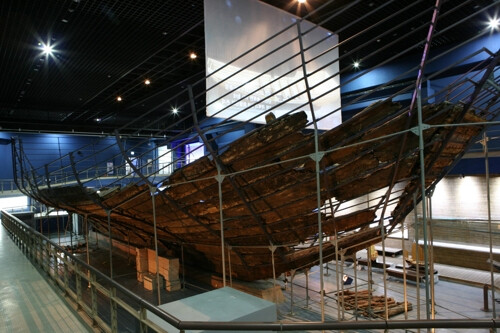
The Genesis of Maritime Archaeology in Korea: The Discovery of the Sinan Ship
The origins of the NRIMH trace back to the groundbreaking discovery of the Sinan shipwreck in the early 1980s off the coast of Sinan. This Goryeo-era (918-1392) international trading vessel, lying dormant for 652 years, yielded an astounding collection of over 24,000 artifacts. This monumental find not only provided compelling evidence of the scale and sophistication of maritime trade in East Asia during that period but also vividly illustrated the vibrant cultural exchange between Goryeo, China, and Japan.
The treasures unearthed from the Sinan ship were remarkably diverse. Over 20,000 pieces of exquisite ceramics, including celadon, white porcelain, and bluish-white porcelain, showcased the artistic prowess of the era. The discovery of 28 tons of copper coins hinted at the scale of the monetary economy. Additionally, metal crafts, rosewood, spices, and medicinal herbs highlighted the variety of traded goods. Notably, the Chinese Yuan Dynasty coins found within the wreck offered insights into the economic landscape of China, the epicenter of maritime trade, and its active trade relations with Goryeo.
The sheer volume and significance of these submerged artifacts necessitated a systematic approach to their preservation and research. Consequently, the Mokpo Conservation and Treatment Center was established in 1981 as an affiliate of the National Research Institute of Cultural Heritage. Over the years, the institution evolved, becoming the Mokpo Maritime Antiquities Conservation and Treatment Office (1990) and subsequently the National Maritime Museum (1994). In 2009, recognizing the growing importance of deep-sea cultural heritage, its name was changed to the National Research Institute of Maritime Cultural Heritage, with an enhanced focus on underwater surveys and research. In 2024, coinciding with the launch of the Cultural Heritage Administration, the institute was rebranded as the National Research Institute of Maritime Heritage, solidifying its pivotal role in the study of South Korea's maritime cultural legacy.
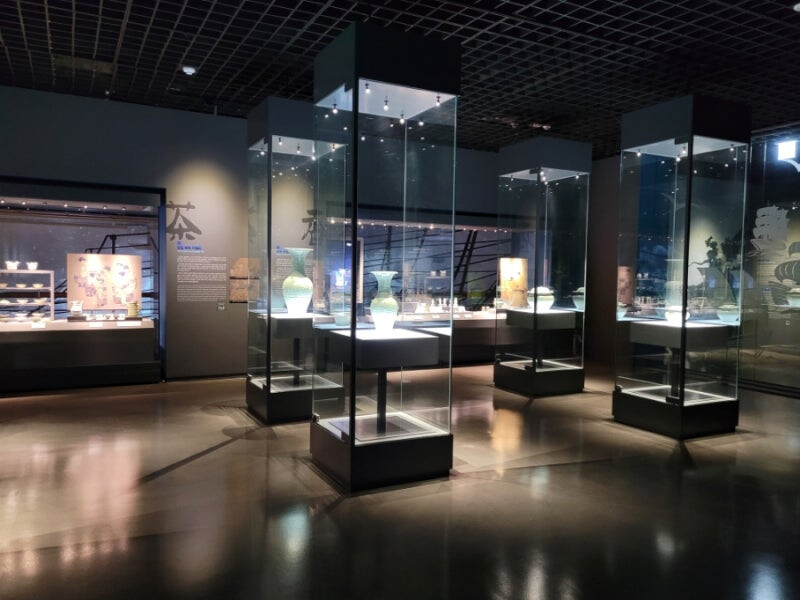
Beyond Sinan: Unearthing and Preserving Diverse Underwater Treasures
The NRIMH's contributions extend far beyond the remarkable Sinan excavation. The discovery of a Goryeo-era merchant ship off the coast of Eoduri in Wando County provided crucial insights into shipbuilding techniques and navigation skills of the time. Similarly, the recovery of the world's largest dugout canoe from Byeokpajin in Jindo Island stands as a testament to the advanced shipbuilding technology of ancient Korea. Through persistent exploration and meticulous research, the NRIMH continues to piece together the forgotten chapters of Korea's maritime history.
A recent significant discovery involved a Goryeo celadon transport vessel off the coast of Taean, offering vital clues about ancient sea routes and the celadon trade. Excavations in the Mado waters of Taean, ongoing since 2007, have yielded over 120 exquisite Goryeo celadon pieces, dating back to the 12th century, along with a plethora of other artifacts. These findings are invaluable for understanding the maritime logistics system of the Goryeo Dynasty. The special exhibition, "Goryeo Celadon Treasure Ship – Gangjin, Taean," served as a platform to showcase the beauty and historical significance of this maritime heritage to a wider audience.
Furthermore, the NRIMH diligently conducts underwater surveys and research across all of Korea's territorial waters, encompassing the East, West, and South Seas. This comprehensive approach allows for the identification and study of the unique maritime cultures and histories of different regions, contributing to a deeper understanding of South Korea's historical prominence as a maritime power.
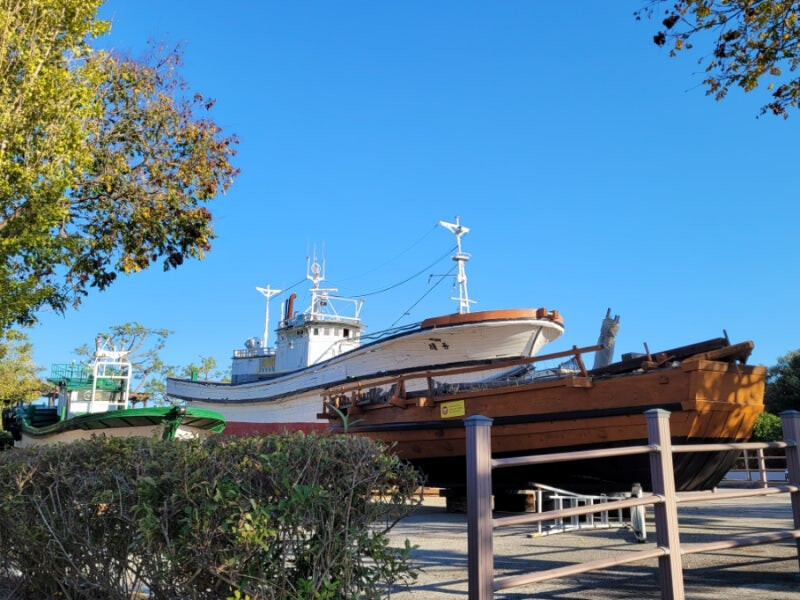
Investing in the Future: Cultivating Expertise in Underwater Archaeology
The NRIMH's commitment extends beyond excavation and exhibition to actively fostering the next generation of maritime cultural heritage researchers. A significant step in this direction was the 2023 agreement with Gunsan City to establish an institution dedicated to training specialists in underwater archaeology. This initiative is poised to lay the groundwork for more in-depth research and preservation of submerged cultural heritage, nurturing talent that will lead advancements in the field.
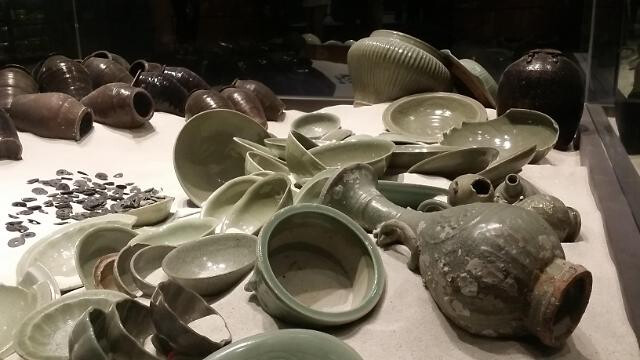
A Living History Classroom: Educating Future Generations on Maritime Heritage
More than just a repository of artifacts, the NRIMH functions as a dynamic cultural complex dedicated to education and research in maritime cultural heritage. Upon entering the exhibition hall, visitors are greeted by a life-sized replica of the majestic Sinan ship, a captivating centerpiece that sets the stage for the diverse collection of artifacts displayed chronologically and thematically.
A variety of special and planned exhibitions shed new light on the hidden stories and values of maritime cultural heritage. The "Sea Culture School" offers in-depth educational programs for adults on maritime history and culture. Notably, the joint summer vacation marine education program for adolescents, conducted in collaboration with the Cultural Heritage Administration, plays a crucial role in instilling an appreciation for South Korea's maritime heritage in future generations and fostering their interest in marine culture.
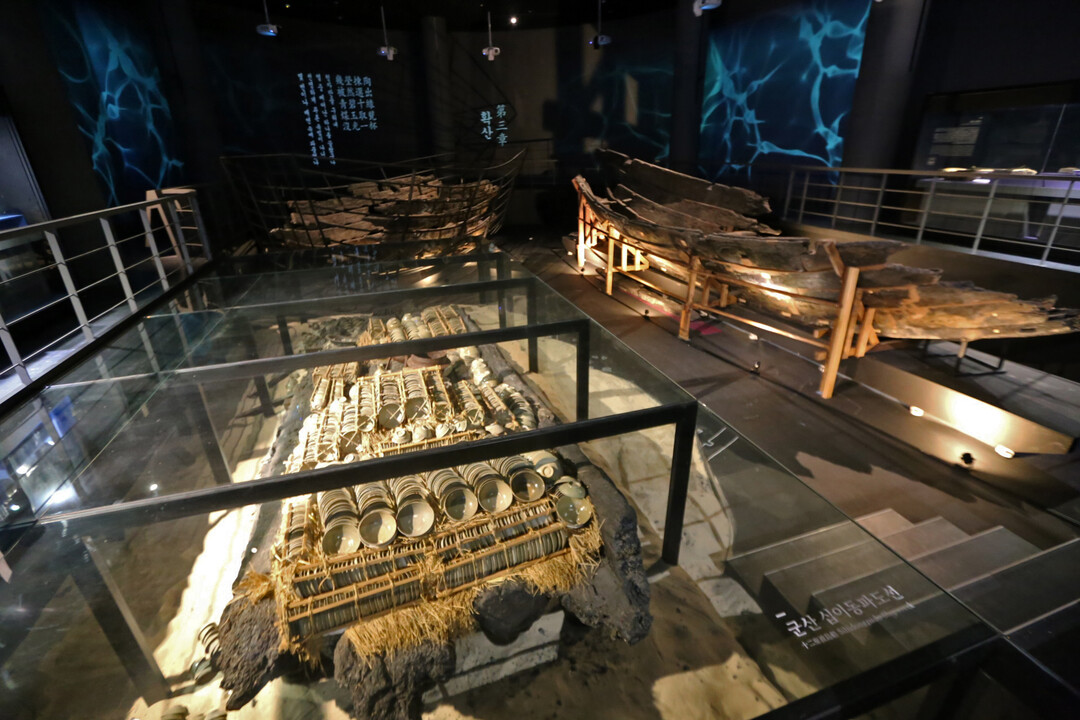
Extending Reach: The Taean Conservation Center as a Hub for West Sea Maritime Heritage
In addition to its main institute in Mokpo, the NRIMH operates a conservation center in Taean, demonstrating its commitment to the preservation and research of maritime artifacts discovered in the West Sea. This strategic move allows for the efficient management and study of the numerous maritime relics continuously being unearthed in this vast maritime region. The Taean Conservation Center serves as another vital research hub for West Sea maritime cultural heritage, further strengthening the NRIMH's research capabilities.
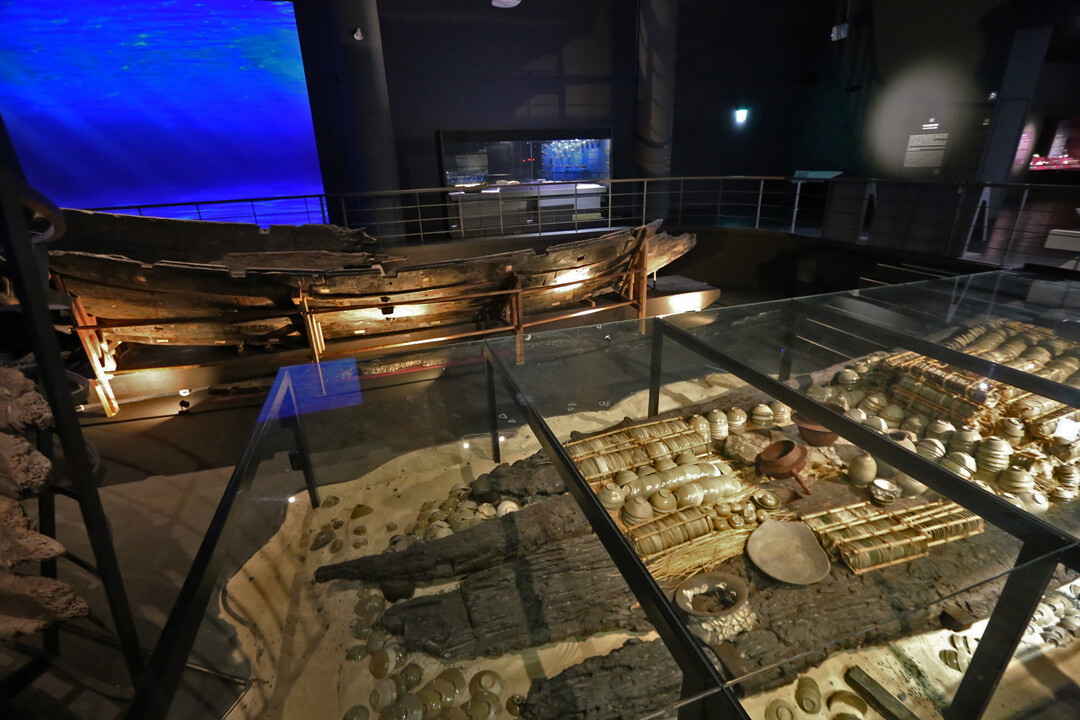
Harmonizing with Local Culture: Providing Rich Cultural Experiences
The NRIMH's location within Mokpo's cultural district, surrounded by institutions such as the Mokpo Arts & History Museum, the Mokpo Literature Museum, the Mokpo Natural History Museum, the Mokpo Ceramics Museum, and the Namnong Memorial Hall, offers a wealth of attractions for family visitors. It provides an ideal opportunity to learn about Korea's maritime heritage while exploring the diverse cultural offerings of the region. This integration highlights the NRIMH's role as a cultural cornerstone within the local community, contributing significantly to regional cultural development.
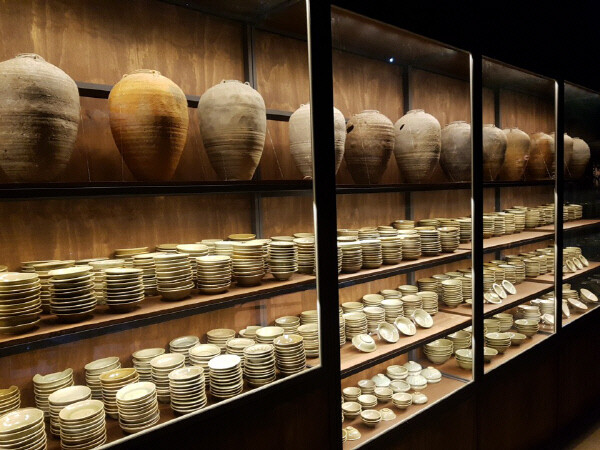
A Continued Voyage: Sharing the Value of Maritime Heritage with the World
The NRIMH's mission transcends the mere excavation and preservation of past maritime glories. It actively strives to build upon this legacy to promote the future development of maritime culture. Through in-depth underwater archaeological research, the cultivation of specialized talent, and the operation of diverse educational programs, the institute is dedicated to raising both domestic and international awareness of the value of South Korea's maritime heritage, thereby further solidifying the nation's standing as a maritime power.
The National Research Institute of Maritime Heritage welcomes visitors free of charge from 9:00 AM to 6:00 PM, except on Mondays. Further information can be found on its official website (https://www.seamuse.go.kr/mokpo/main) or by calling +82-61-270-3001. Embark on a journey to the NRIMH in Mokpo and immerse yourself in the silent yet profound history of Korea's maritime culture, where the whispers of the past echo through the treasures of the deep blue sea.
[Copyright (c) Global Economic Times. All Rights Reserved.]



























